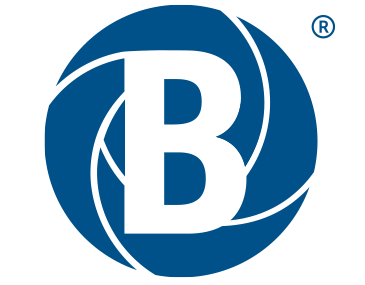A Digital Art Director is a creative professional responsible for leading and guiding the visual aspects of digital projects. They work in various industries, including advertising, marketing, web design, and multimedia, to ensure that digital campaigns and projects are visually compelling and align with the brand's aesthetic. Here's an overview of their responsibilities, qualifications, and commonly used software:
Responsibilities:
- Visual Conceptualisation: Collaborate with creative teams to conceptualise and develop visual concepts for digital campaigns, websites, mobile apps, and multimedia projects.
- Design Direction: Provide creative direction to designers and illustrators, ensuring that their work aligns with the project's vision and objectives.
- Brand Consistency: Ensure that all digital visuals adhere to the brand's visual identity guidelines, maintaining consistency across all platforms.
- User Experience (UX) Design: Oversee the creation of user-centric digital interfaces, ensuring that they are visually appealing and provide an intuitive user experience.
- Artwork Creation: Create original digital artwork, graphics, and visuals using design software.
- Storytelling: Use visual elements to tell compelling stories and convey key messages effectively.
- Project Management: Manage multiple projects simultaneously, including timelines, budgets, and resources.
- Client Collaboration: Work closely with clients to understand their visual preferences and requirements, presenting creative concepts and solutions.
- Quality Control: Review and approve design work, providing feedback and revisions as necessary to maintain high-quality standards.
- Technology Trends: Stay updated on emerging design trends, digital tools, and software to incorporate innovative elements into projects.
